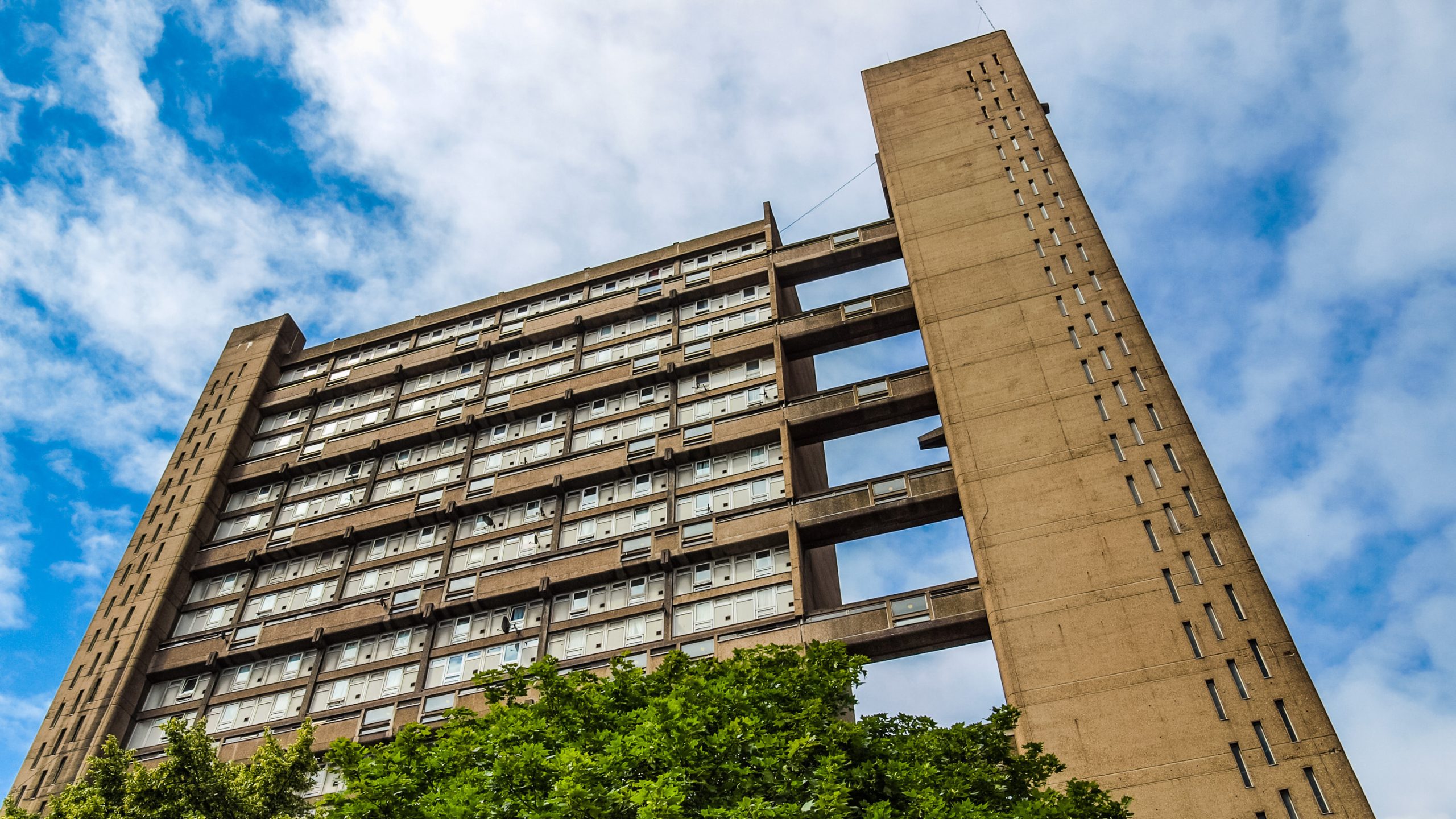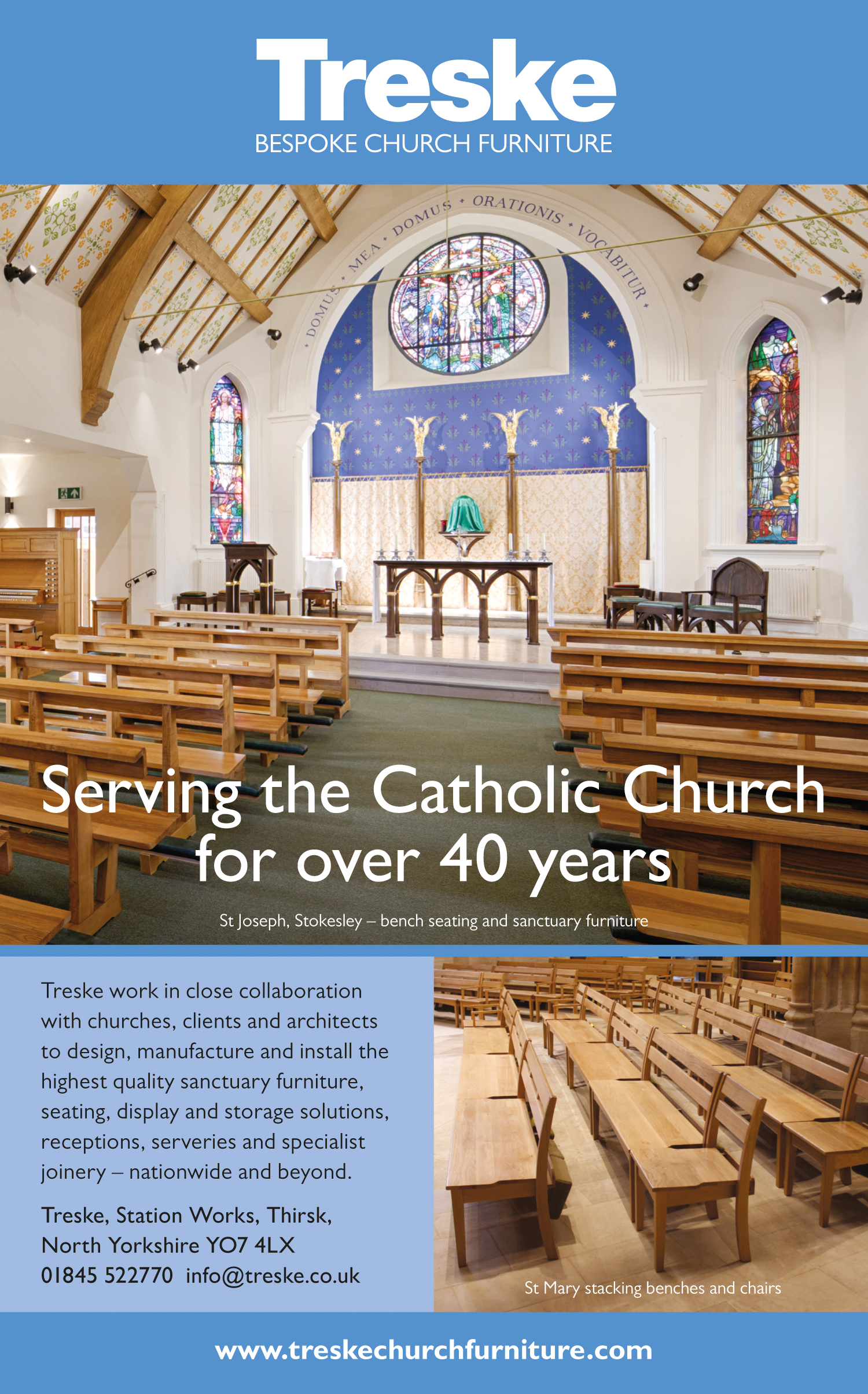As well as raising countless questions about the construction, materials and maintenance mechanisms for high rise accommodation blocks, the Grenfell Tower tragedy also revived the longstanding debate about the theology of urban architecture, and in particular whether or not it’s ethical to house people in such vast, impersonal structures.
Today it’s generally assumed that high rise tower blocks emerged out of a lack of urban space, and the desire of developers to maximise their profits per acre. In fact they were created in an effort to solve a severe housing shortage after Wold War II, when more than four million homes had been destroyed or damaged.
Ironically, the idea of going up rather than out to solve human habitation issues was a reflection of concerns that some in the Modernist movement had about actually preserving green spaces – Le Corbusier, for instance, attached the slogan ‘Light, Space, Greenery’ to his Cité Radieuse concept in 1935.
Closer to home, and around the same time, the Hungarian architect Ernö Goldfinger was suggesting the idea of a city of free-standing residential towers that included extensive communal services and even a nursery on the roof. These ideas would eventually find their physical expression in Balfron Tower (pictured above), designed by Goldfinger in 1963 for the London City Council, and built in 1965 in Poplar, Tower Hamlets, by the Greater London Council.
Standing at 84 metres high, this Brutalist structure contains 146 dwelling spaces (I really can’t bring myself to call them homes) – comprising 136 flats and 10 maisonettes. Lifts serve every third floor, and the lift shaft is located in a separate service tower, which also contains laundry rooms and rubbish chutes – the tower being joined to the residential block by eight walkways.
Nearby, Goldfinger went on to create the more famous 31 storey Trellick Tower in 1972, using much the same concept.
Widely condemned as ugly and dangerous when they were built, and the focus of a restless debate about Brutalism to this day, both structures are now Grade II* listed heritage buildings.
The Goldfinger buildings set the general direction for high rise developments for many decades, but their weakness was Brutalist thinking, and construction materials with a short lifespan whose failure presented critical dangers – both Trellick and Balfron had to decant their residents and undertake hugely extensive repair works.
Built prior to the 1970s energy crisis, neither building was particularly efficient and conducting repairs and refurbishment to listed buildings of such size and complexity was a huge challenge.
Some lessons have been learnt – though the Grenfell tragedy – and the subsequent wider cladding scandal – has highlighted that much still needs to be done to ensure structural materials and building regulations provide safe living spaces.
This is critical – London, for instance, has 436 new towers in the pipeline, of which three quarters are wholly or mainly devoted to homes. Of course these new projects are not intented to offer solutions to any housing crisis, but are speculator builds creating high-end apartment blocks aimed at those wealthy enough to afford the now rare privilege of living in the metropolis.
Luxury pads they may be, but people still have to live in them. One of the great weaknesses of the Goldfinger buildings was that they lacked social space within their fabric – places where residents could interact readily, rather than just pass each other by in a lift.
Look at the plans for any of the new London tower blocks and you’ll see architects are trying to move away from a small core – the services part – which had previously allowed for the maximum number of living units. Many of the new builds have larger cores creating more generous community spaces, including roof gardens, nurseries, gyms and social areas. All very nice, but architects are often reluctant to go down this route because their clients will tell them that it kills square metres, and make a building far more expensive.
Some have found a compromise in a blend of high rise commercial space, with residential portions below. This has attractions because it removes the segregation between business and residential areas in a city – False Creek in Vancouver was modelled on this theory.
Whatever the design solution, it’s the challenge of housing families with children in such high rise buildings that causes the most anxiety. Several recent studies have demonstrated links between high rise living, childhood behavioural problems and slow development.
At the deepest, anthropological level, we have not yet strayed completely from our nomadic and rural roots, so there remains a natural affinity for space and greenery, and a reluctance to be confined and compartmentalised in any form of dwelling space that break this ancient connection with land and liberation. Remove that connection, be it through diminished living circumstances or poor building design, and all manner of social problems seem to emerge.
Sadly, the reduction in public housing stock in recent decades has drifted many of our high rise buildings into this landscape of urban decay and marginalisation. As one such example, London’s Grenfell Tower, will be etched into the history books as a bleak and iconic monument to the extreme social and economic divisions that have beset most great cities, and the urgent need to find meaningful, habitable and uplifting solutions to our urban housing shortages.
Ernö Goldfinger would not have been surprised in the slightest that his ugly, containerised housing projects have become listed heritage sites; he’d have scolded us for taking so long to recognise his ‘genius’. Whether his residents would have agreed is another matter.







